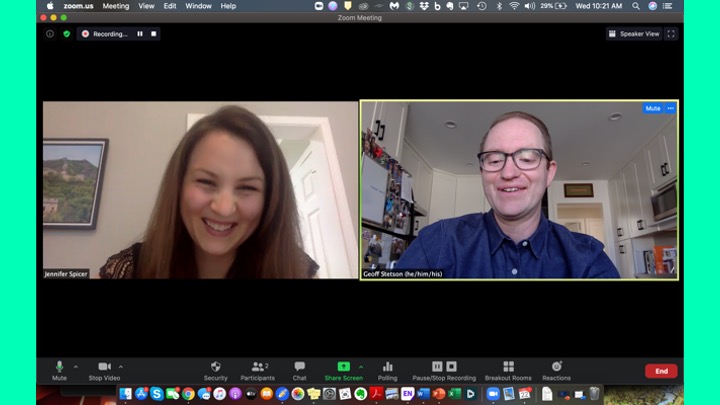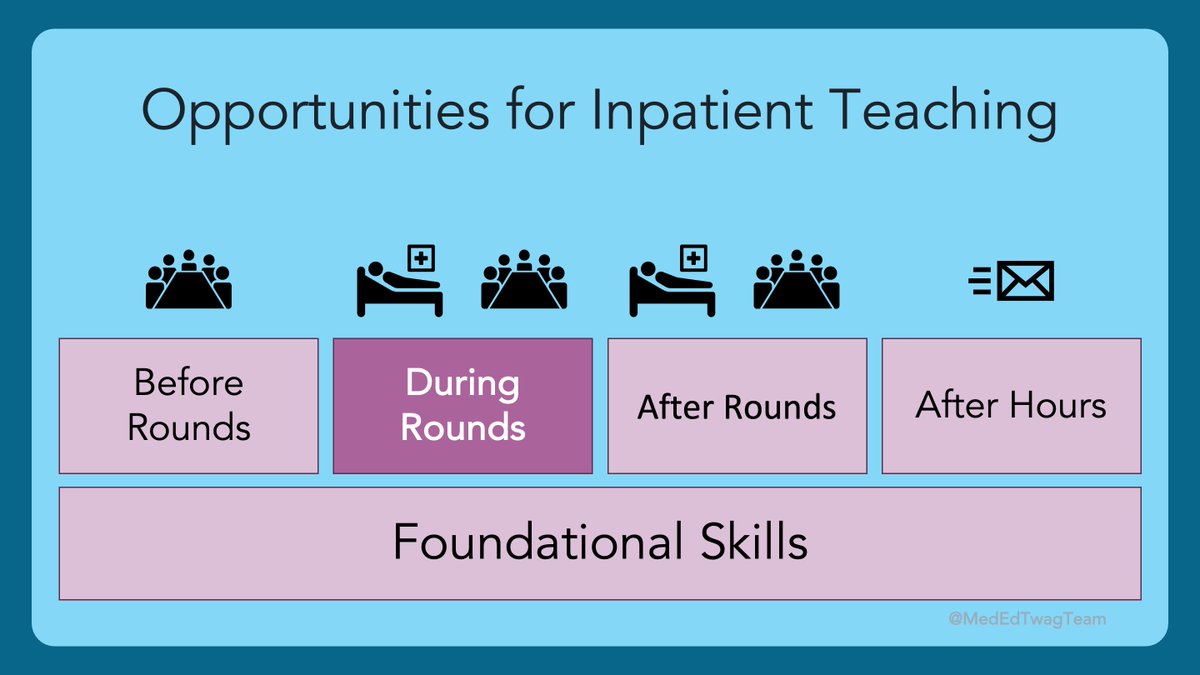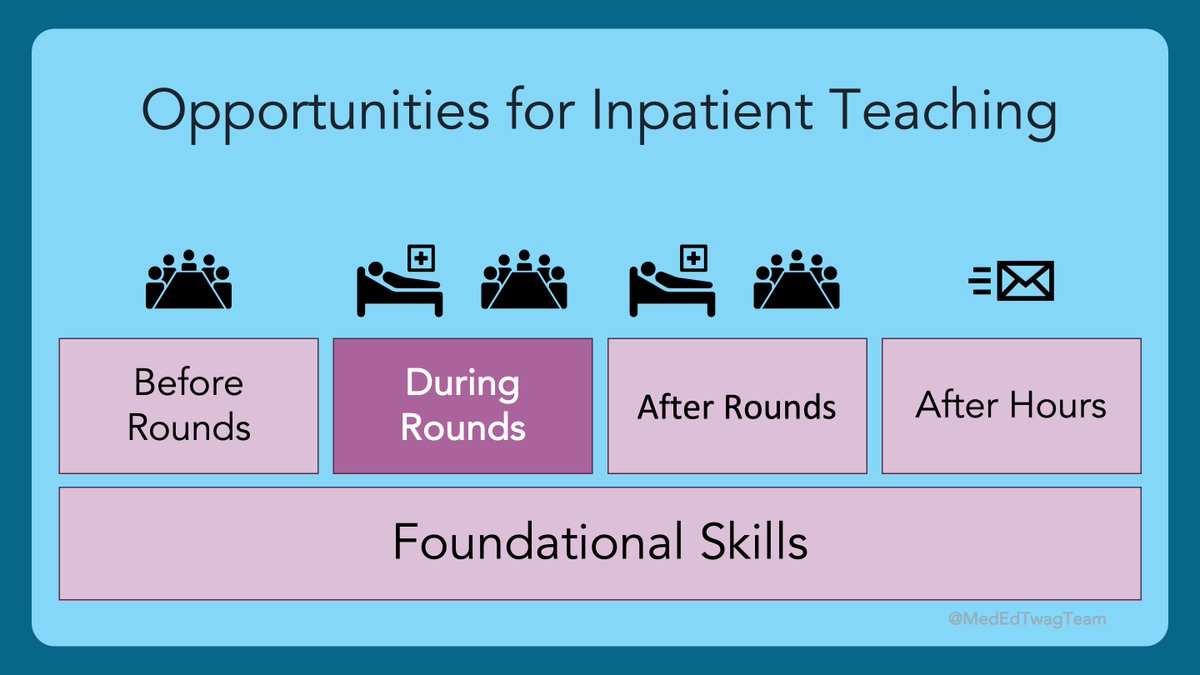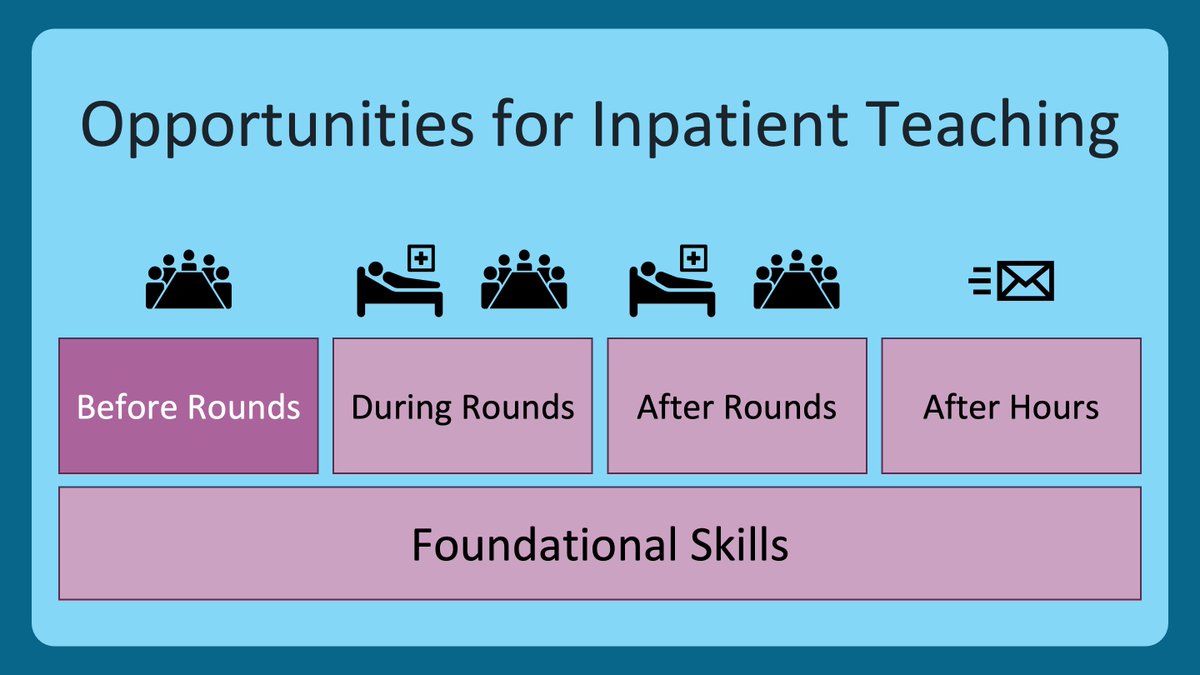1/ Hey #MedEd and #MedTwitter! #TwagTeamBackAgain because it is #TweetorialTuesday! We are the one and only #MedEdTwagTeam.
Today is all about providing all learners with the best #OnlineLearningEnvironment possible. It's #Equity week y'all!
Today is all about providing all learners with the best #OnlineLearningEnvironment possible. It's #Equity week y'all!

2/ Here is the series of #tweetorials that @JenniferSpicer4 and I have been bringing you every Tuesday.
Welcome to week 8! Make sure to go back and check out our previous threads. Just search #MedEdTwagTeam.
Welcome to week 8! Make sure to go back and check out our previous threads. Just search #MedEdTwagTeam.

3/ This is the last #TweetorialTuesday in this #OnlineLearning series. But, don’t fret! We will be back next week!
@JenniferSpicer4 and I have been cooking up loads of #MedEd content for y’all. Our current plan should take us all the way into 2021!
@JenniferSpicer4 and I have been cooking up loads of #MedEd content for y’all. Our current plan should take us all the way into 2021!

4/ #NowBackToTheLectureAtHand
What is #Equity? It is more than making things equal. It is finding #bias, #discrimination, and systemic problems and working to correct them so everyone the same opportunities.
What is #Equity? It is more than making things equal. It is finding #bias, #discrimination, and systemic problems and working to correct them so everyone the same opportunities.

5/ For #OnlineLearning to take place effectively, there is a lot of technology that needs to work properly.
Both teacher and students need up-to-date and working hardware (computers, tablets, etc.). They also need reliable internet for streaming course content.
Both teacher and students need up-to-date and working hardware (computers, tablets, etc.). They also need reliable internet for streaming course content.
6/ Hardware and internet = $$$
In SF, cost of living is ⬆️⬆️⬆️. @UCSFMedicine does a lot to help students manage, including w/ the burdens of #OnlineLearning.
What is your institution doing to make sure that all students (and teachers) have what’s necessary? Don't Know? ASK!
In SF, cost of living is ⬆️⬆️⬆️. @UCSFMedicine does a lot to help students manage, including w/ the burdens of #OnlineLearning.
What is your institution doing to make sure that all students (and teachers) have what’s necessary? Don't Know? ASK!
7/ We have advocated for learners keep their cameras on during teaching to increase interaction.
However, it is very important that you DO NOT mandate it. Students may not be comfortable sharing their surroundings with the class.
This @nytimes article explains this dilemma.
However, it is very important that you DO NOT mandate it. Students may not be comfortable sharing their surroundings with the class.
This @nytimes article explains this dilemma.

8/ Students also may not have a quiet and private place to participate in the class. It’s not as if they can go to their local library or coffee shop right now. Give your learners the benefit of the doubt when they keep their camera off.
OMG! I miss working at coffee shops…
OMG! I miss working at coffee shops…
9/ Better yet, give your students an easy out. Say, “for the sake of keeping this interactive, if you can, please turn on your cameras. If for ANY reason you can’t, or don’t want to, that is not a problem.” Make this expectation explicit.
10/ Of note, one way my students have dealt with a bad internet connection is by not sharing their video. It requires less bandwidth this way.
Pssst – my students teach me more than I teach them
Pssst – my students teach me more than I teach them
11/ Some other #equity-based ideas/tips to be mindful of:
1⃣ Make it clear you are available to students to discuss concerns or needs
2⃣ Be explicit that you value #DEI in ideas, opinions, and interactions
3⃣ Monitor the class for bias, microaggressions, and/or stereotype threat
1⃣ Make it clear you are available to students to discuss concerns or needs
2⃣ Be explicit that you value #DEI in ideas, opinions, and interactions
3⃣ Monitor the class for bias, microaggressions, and/or stereotype threat
12/ Continued…
4⃣ Provide multiple opportunities and various formats for students to demonstrate their learning
5⃣ Record your sessions and provide the recordings to your learners so they can return to the material if that helps their learning
4⃣ Provide multiple opportunities and various formats for students to demonstrate their learning
5⃣ Record your sessions and provide the recordings to your learners so they can return to the material if that helps their learning
13/ Lastly…
6⃣ Know that there is an option for Closed Captioning and Language Interpretation in #Zoom Advanced Settings. This allows someone to type captions or translations during the meeting. For CC, there are web services that can do this for you.
6⃣ Know that there is an option for Closed Captioning and Language Interpretation in #Zoom Advanced Settings. This allows someone to type captions or translations during the meeting. For CC, there are web services that can do this for you.

14/ This is all I could reasonably cover on this super important topic. For more, check out this amazing resource from @OLCToday and the @gatesfoundation.
You can find it 👇
onlinelearningconsortium.org/tools/deliveri…
You can find it 👇
onlinelearningconsortium.org/tools/deliveri…

15/ For @JenniferSpicer4 and the #MedEdTwagTeam, I would like to thank all of you for joining us on this first leg of our adventure to bring you timely and topical #MedEd content. As always, we welcome feedback, comments and questions.
We are SO grateful! Tweet you next week!
We are SO grateful! Tweet you next week!

Thank you amplifying!
• • •
Missing some Tweet in this thread? You can try to
force a refresh



















